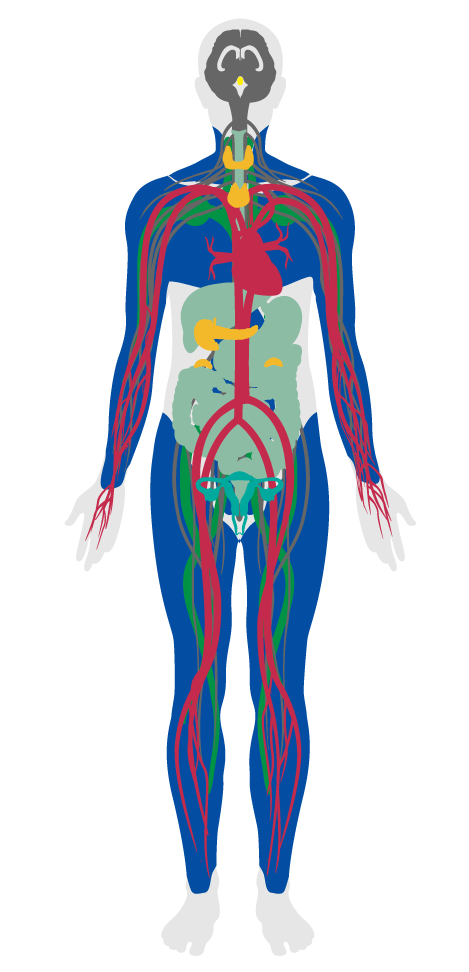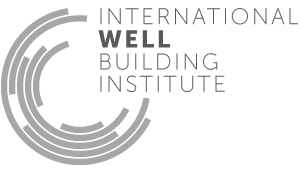Daylight modeling
- 52 Mindful eating
- 53 Visual lighting design
- 54 Circadian lighting design
- 55 Electric light glare control
- 56 Solar glare control
- 57 Low-glare workstation design
- 58 Color quality
- 59 Surface design
- 60 Automated shading and dimming controls
- 61 Right to light
- 62 Daylight modeling
- 201 Food environment
- 202 Light at night
62. Daylight modeling
Exposure to appropriate amounts of natural light provides a connection to nature that reinforces circadian rhythms and reduces dependence on electricity for artificial lighting. Buildings can be designed to ensure that people who spend the majority of their time indoors still have access to daylight.
This feature requires that individuals inside a building receive ample exposure to natural sunlight.
Lighting simulations demonstrate that the following conditions are true:
If sound masking systems are used, sound levels fall within the following range, when measured from the nearest workspace:

Applicability Matrix
| Core & Shell | Tenant Improvement | New Construction | |
|---|---|---|---|
| Part 2: Healing Sunlight Exposure | - | - | - |
| Part 2: Sound Masking Limits | - | O | O |
| Commercial Kitchen | Schools | Multifamily Residential | Restaurant | Retail | |
|---|---|---|---|---|---|
| Part 2: Healing Sunlight Exposure | - | - | - | - | - |
| Part 2: Sound Masking Limits | - | - | - | - | - |
Verification Methods Matrix
| Letters of Assurance | Annotated Documents | On-Site Checks | |
|---|---|---|---|
|
PART 2 (Performance) Sound Masking Limits |
Performance Test |
| 62.1.a |
USGBC's LEED v4 EQ Credit: Daylight, Option 1 requires that at least 55% of space receives at least 300 lux of sunlight for an award of 2 points. |
| 62.1.b |
LUSGBC's LEED v4 EQ Credit: Daylight, Option 1 requires that annual sunlight exposure ASE(1000,250) is achieved for no more than 10% of regularly occupied space. |
